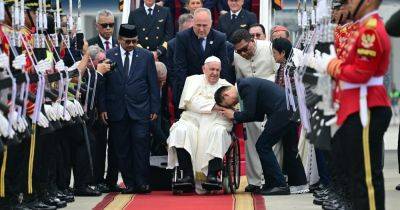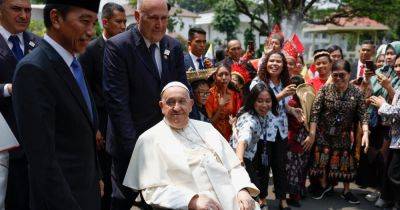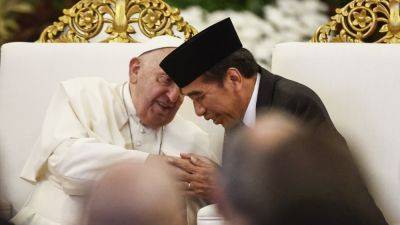What the Pope didn’t see in Indonesia
“Fostering religious harmony for the sake of humanity is the path we are called to follow,” declared Pope Francis while visiting Jakarta’s Istiqlal Mosque, the largest mosque in Southeast Asia, on September 5.
Religious tolerance has been the leitmotif of the papal visit to Indonesia, the first since 1989. For many in Indonesia, a nation often embroiled in sectarian strife, the pope’s message of tolerance has been a welcome one.
Indonesia’s leaders are at least symbolically committed to the idea, as seen in the tunnel connecting Istiqlal to the Catholic cathedral opposite it or heard in the national slogan of “Unity in Diversity,” which the pope praised in a speech while meeting with President Joko Widodo.
But while there is much to admire in Indonesia’s rhetorical embrace of tolerance, critics say day to day realities are less tolerant for religious minorities. At the same time, some worry politics is moving in an even less tolerant direction.
On the plus side, the public response to the papal visit in this 80% Muslim nation has been overwhelmingly positive. The pope’s outspokenness on the plight of Rohingyas and Palestinians had already earned him goodwill.
His relatively low-key style went down well with a public accustomed to leaders surrounded by ostentatious luxury. Indonesians were delighted by the pope’s rejection of a fancy car for transport in favor of an everyday Toyota Innova Zenix, where he then sat in the front seat by the driver and waved to crowds from a casually rolled-down window.
Mainstream media outlets and social media users have delightedly dissected everything from Pope Francis’ decision to fly commercially rather than by private jet to his cheap watch and worn shoes.
Near GBK stadium, where the







